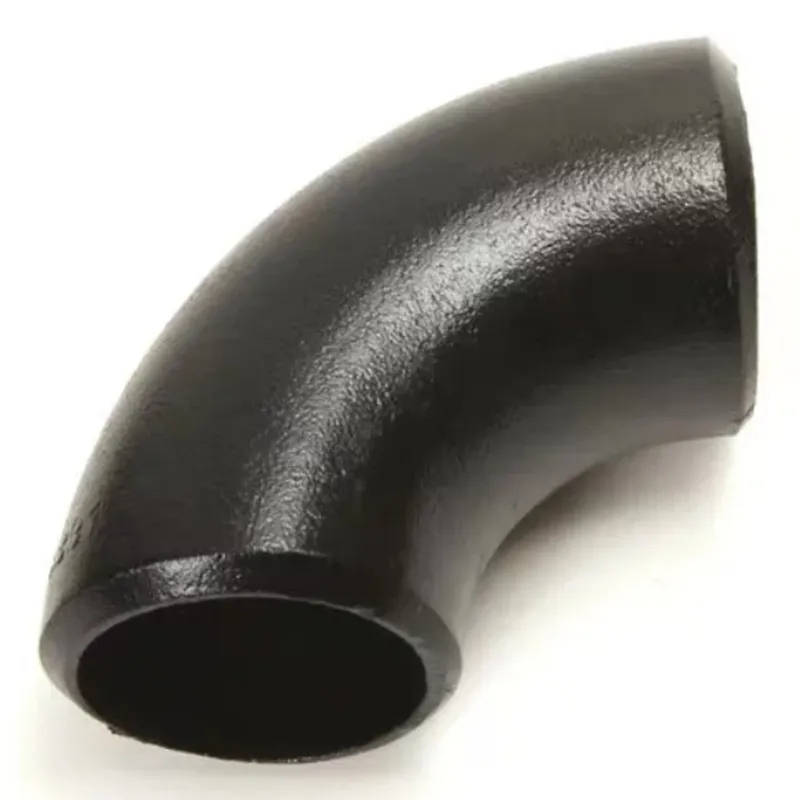-
Cangzhou Yulong Steel Co., Ltd.
-
Phone:
+86 13303177267 -
Email:
admin@ylsteelfittings.com
- English
- Arabic
- Italian
- Spanish
- Portuguese
- German
- kazakh
- Persian
- Greek
- French
- Russian
- Polish
- Thai
- Indonesian
- Vietnamese
- Zulu
- Korean
- Uzbek
- Hindi
- Serbian
- Malay
- Ukrainian
- Gujarati
- Haitian Creole
- hausa
- hawaiian
- Hebrew
- Miao
- Hungarian
- Icelandic
- igbo
- irish
- Japanese
- Javanese
- Kannada
- Khmer
- Rwandese
- Afrikaans
- Albanian
- Amharic
- Armenian
- Azerbaijani
- Basque
- Belarusian
- Bengali
- Bosnian
- Bulgarian
- Catalan
- Cebuano
- China
- China (Taiwan)
- Corsican
- Croatian
- Czech
- Danish
- Esperanto
- Estonian
- Finnish
- Frisian
- Galician
- Georgian
- Kurdish
- Kyrgyz
- Lao
- Latin
- Latvian
- Lithuanian
- Luxembourgish
- Macedonian
- Malgashi
- Malayalam
- Maltese
- Maori
- Marathi
- Mongolian
- Myanmar
- Nepali
- Norwegian
- Norwegian
- Occitan
- Pashto
- Dutch
- Punjabi
- Romanian
- Samoan
- Scottish Gaelic
- Sesotho
- Shona
- Sindhi
- Sinhala
- Slovak
- Slovenian
- Somali
- Sundanese
- Swahili
- Swedish
- Tagalog
- Tajik
- Tamil
- Tatar
- Telugu
- Turkish
- Turkmen
- Urdu
- Uighur
- Welsh
- Bantu
- Yiddish
- Yoruba

Dec . 19, 2024 01:55 Back to list
api 5l gr x65
Exploring the API 5L GR X65 A Key Component in Modern Pipeline Engineering
The API 5L specification, established by the American Petroleum Institute, is crucial in the oil and gas industry, particularly in the manufacturing of pipe products essential for transporting fluids over long distances. Among the various grades defined in this specification, GR X65 has gained significant attention due to its advantageous properties and applications.
Understanding API 5L GR X65
API 5L GR X65 is a high-grade steel pipe that is generally used for the transportation of natural gas, crude oil, and water in pipelines. Grading in the API 5L standard is based on the minimum yield strength, with X65 representing a yield strength of 65,000 psi (pounds per square inch). This high strength level not only ensures durability but also enhances the ability to withstand high-pressure applications, making it indispensable in regions with challenging terrains or extreme environmental conditions.
One of the critical aspects of GR X65 is its chemical composition, which allows it to possess excellent toughness and weldability properties. Typically, the alloy includes carbon, manganese, phosphorus, sulfur, and other elements tailored to meet specific mechanical properties. The inclusion of these elements helps reduce the risk of damage during welding processes, a vital consideration in pipeline construction where joints must be exceedingly robust to prevent failures.
Applications of API 5L GR X65
The versatility of API 5L GR X65 makes it suitable for a wide array of applications. It is extensively used not only in onshore pipelines but also in offshore environments, including subsea pipelines that transport oil and gas from deep-sea drilling platforms to processing facilities on land or surface vessels.
In addition to oil and gas transport, GR X65 is increasingly utilized in water distribution systems and manufacturing processes that require the pumping of fluids. Its high tensile strength and fatigue resistance contribute to a reliable performance in these systems, where pipe bursts or leaks can lead to catastrophic failures.
api 5l gr x65

Manufacturing and Standards Compliance
Manufacturing API 5L GR X65 pipes involves several rigorous processes to ensure compliance with industry standards. The production typically starts with high-quality raw materials that are then subjected to advanced manufacturing techniques. This may include hot rolling or cold forming, followed by heat treatment processes to enhance the mechanical properties of the pipe.
Quality control is paramount in the production of GR X65. Each batch of pipes is tested for various properties, including tensile strength, hardness, and impact resistance, ensuring they meet or exceed the API 5L standards. Non-destructive testing methods, such as ultrasonic testing, are often employed to identify any flaws in the pipes before they are put into service.
The Future of API 5L GR X65
As the energy demands of the world continue to grow, the role of materials like API 5L GR X65 becomes increasingly vital. Innovations in metallurgy and manufacturing techniques are anticipated to enhance the capabilities of such materials further, leading to even more efficient and safer pipeline systems.
Moreover, with a global push towards sustainable energy sources, there is a growing need for reliable transportation systems that can facilitate the integration of renewable resources. API 5L GR X65, with its robust properties, is well-positioned to adapt to these new challenges, potentially finding roles in transporting hydrogen or biogas as industries evolve.
In conclusion, API 5L GR X65 is more than just a material specification; it represents a cornerstone of modern pipeline engineering. Its strength, durability, and adaptability make it essential for current and future energy infrastructure, ensuring that we continue to meet global energy needs while prioritizing safety and efficiency. As we move towards a more sustainable future, materials like GR X65 will be at the forefront, facilitating the transition in the energy landscape.
Latest news
-
ANSI 150P SS304 SO FLANGE
NewsFeb.14,2025
-
ASTM A333GR6 STEEL PIPE
NewsJan.20,2025
-
ANSI B16.5 WELDING NECK FLANGE
NewsJan.15,2026
-
ANSI B16.5 SLIP-ON FLANGE
NewsApr.19,2024
-
SABS 1123 FLANGE
NewsJan.15,2025
-
DIN86044 PLATE FLANGE
NewsApr.19,2024
-
DIN2527 BLIND FLANGE
NewsApr.12,2024
-
JIS B2311 Butt-Welding Fittings LR/SR 45°/90° /180°Seamless/Weld
NewsApr.23,2024











